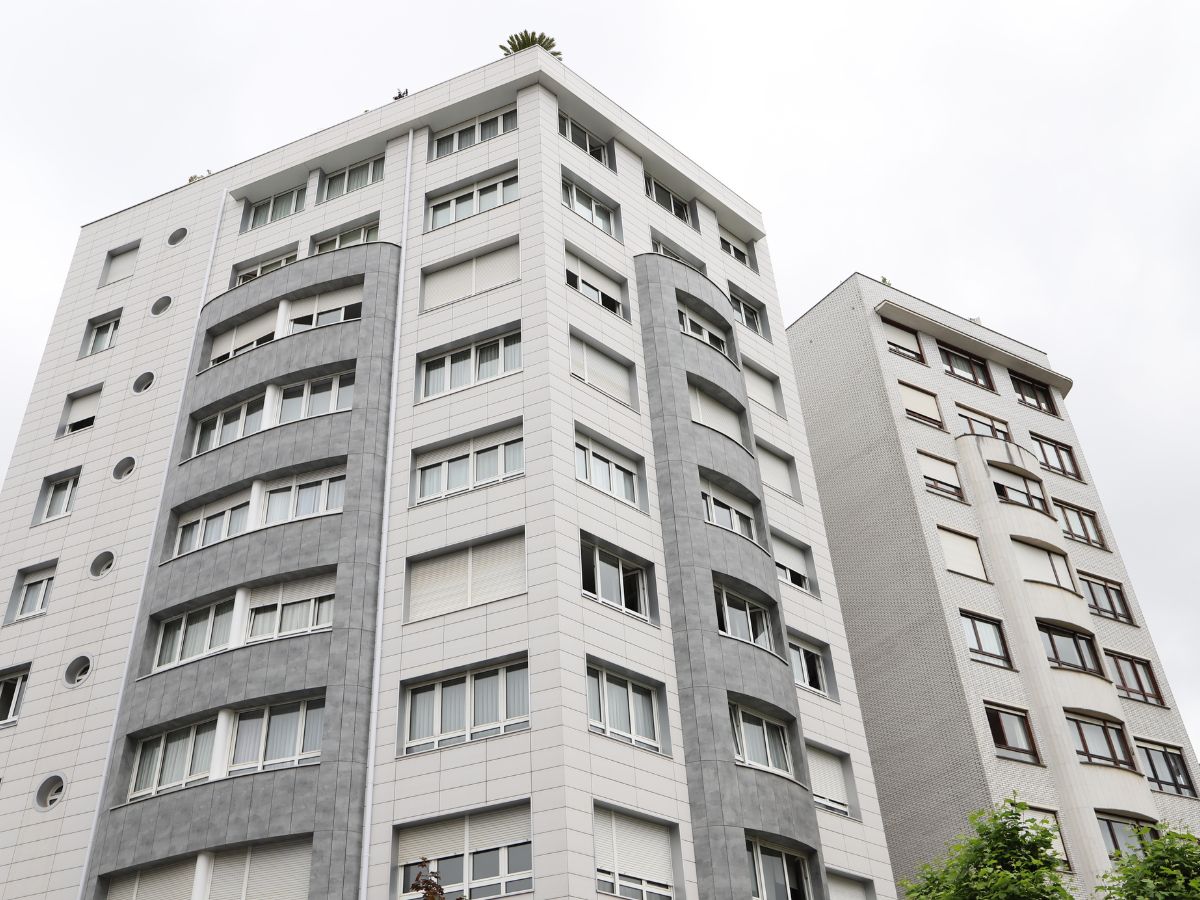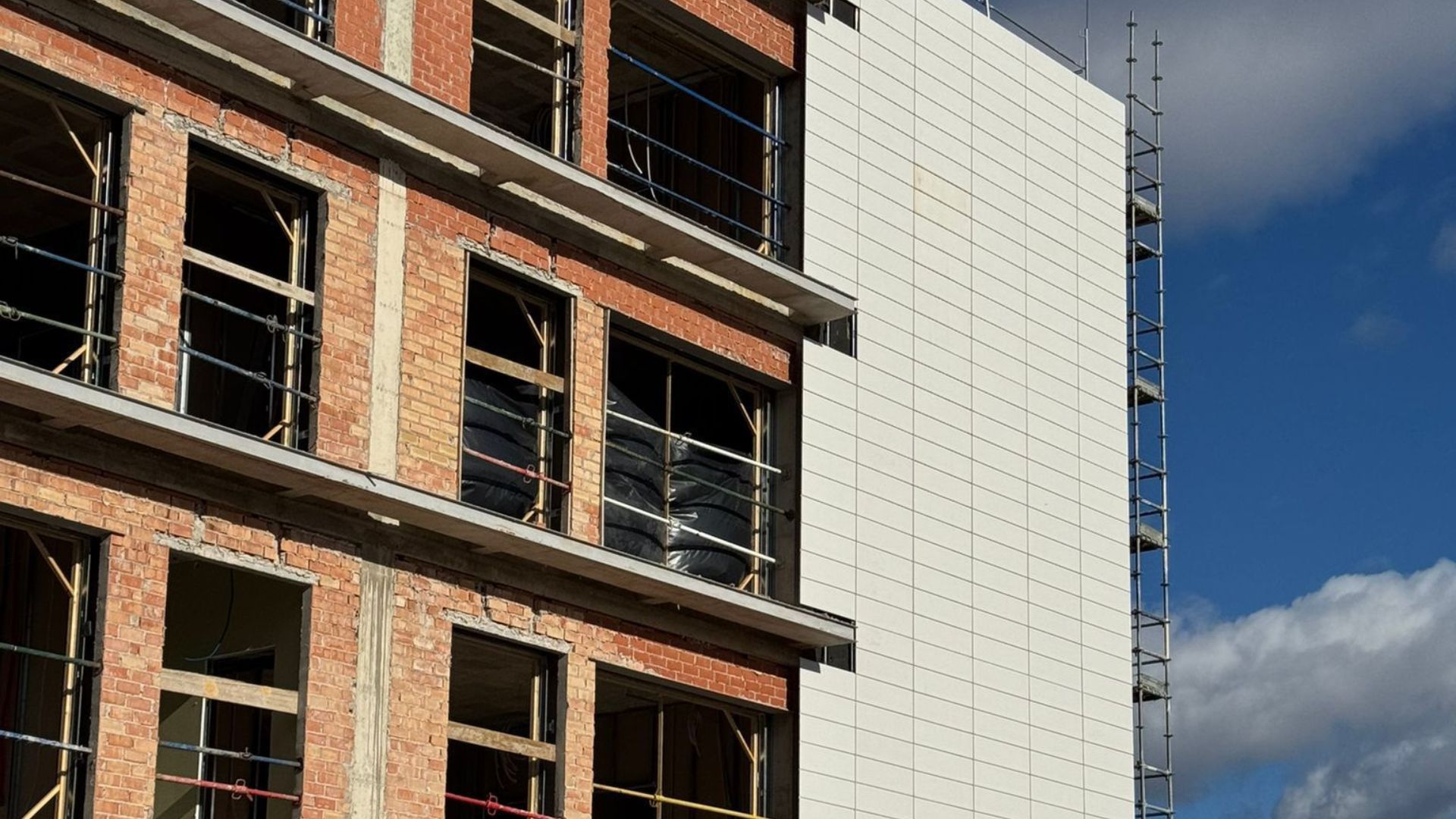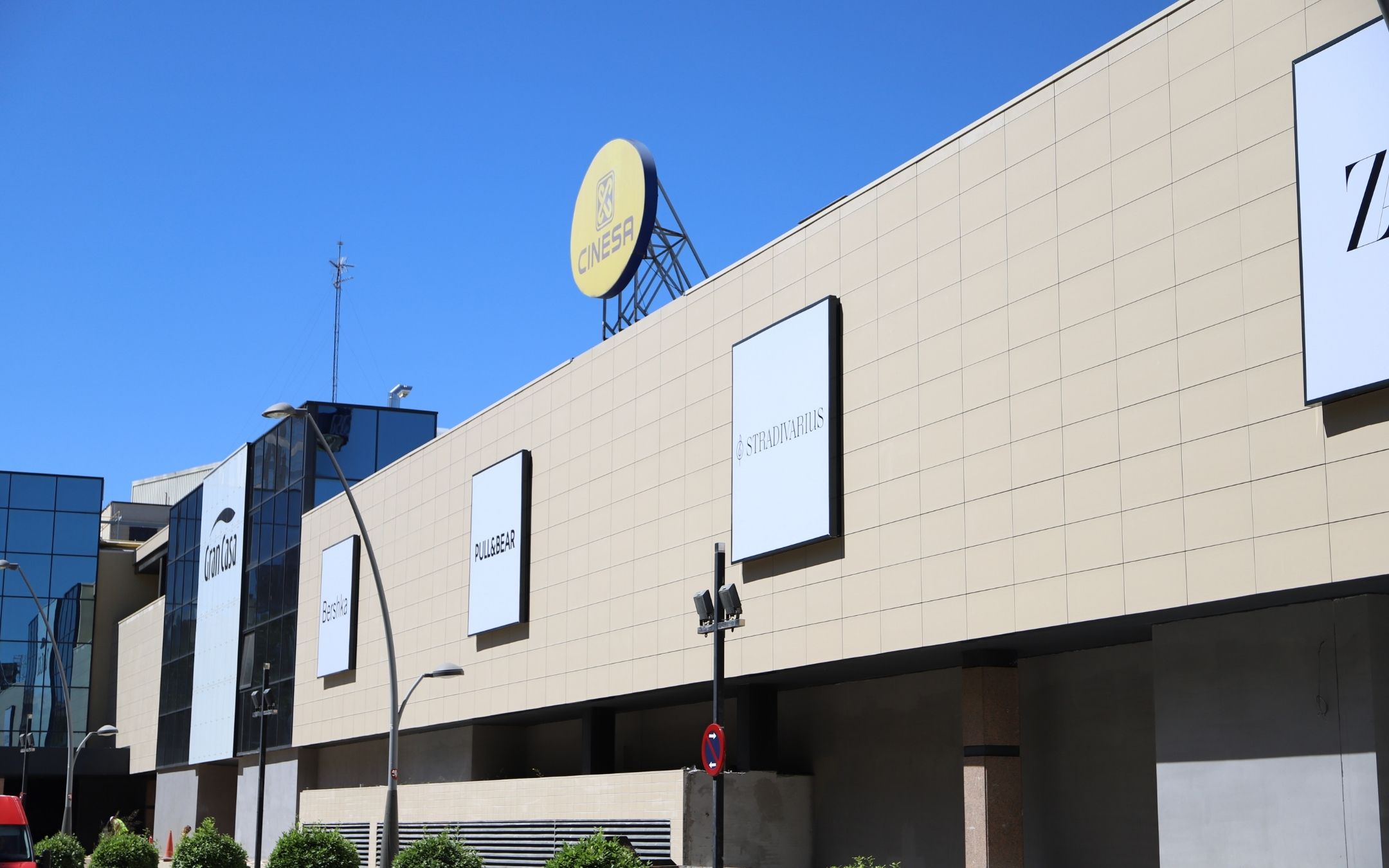
Biocidal Surfaces and Healthy Architecture with Bioklinker®
The need for biocidal surfaces and pathogen-free buildings became a priority after the 2020 pandemic. Before this, certain architecture and engineering projects already paid special attention to the pathogen-resistant properties of surfaces and materials. However, the COVID-19 crisis highlighted several vulnerabilities in our ways of life, affecting many sectors.
This reality has made it essential to incorporate biocidal surfaces and healthy buildings into architectural design. Therefore, it is crucial to establish parameters and execution criteria that include these pathogen-resistant qualities in surfaces. Today, we explore a technology that meets the disinfection needs of facades, which are now essential and increasingly required by technical certifications.
Pathogen-Free Ceramic Facade Technology
Bioklinker® offers antibacterial and fungicidal protection with disinfection solutions for surfaces, especially effective in extruded ceramic plates installed as cladding for ventilated facades.
How does Bioklinker® work on surfaces?
Bioklinker® offers several advantages over other solutions, with the most notable being its health benefits for both buildings and people.
- Bioklinker® does not use titanium dioxide, making it safe for installers and users.
- Its active ingredient is silver oxide: the activity of the ions is continuous, long-lasting, and clean, posing no harm to other living beings.
- It inhibits the proliferation of pathogens like algae, common on facades in certain geographic areas.
- It has antibacterial and fungicidal effects, providing an effective measure that complements regular cleaning with chemical disinfectants.
- This solution is integrated into the ceramic piece during the firing process.

How to Ensure Asepsis in Buildings with New Certifications
The quality of modern constructions is constantly evaluated. Various standards and certifications confirm parameters such as efficiency, sustainability, carbon footprint, and water footprint.
With the emergence and gradual application of technologies that promote aseptic buildings, it is possible that the list of requirements will expand to include asepsis or incorporate it into different safety directives.
Currently, there are technical codes and certificates for improved sustainability and habitability, such as LEED, BREEAM, or PASSIVHAUS. The current landscape anticipates that such credits and certifications will eventually include asepsis parameters in their regulatory texts.
What is the BREEAM Certification?
BREEAM stands for Building Research Establishment Environmental Assessment Methodology and refers to the most advanced method for evaluating and certifying sustainability in construction. Developed by the BRE Global organization in the UK, it assesses the environmental sustainability of both new buildings and renovations.
What is the LEED Certification?
LEED stands for Leadership in Energy & Environmental Design, a certification that refers to a set of standards and requirements for achieving sustainable buildings. Developed by the US Green Building Council, LEED certification is now very common in modern architecture.
What is the PASSIVHAUS Certification?
The PASSIVHAUS standard is a voluntary energy certification for new buildings and renovations, aiming for maximum user comfort, optimal indoor air quality, and efficient energy consumption. A PASSIVHAUS building can save up to 90% compared to a conventional construction.
Innovations in space sanitization and cleaning optimize the performance of both new buildings and renovated constructions. Bioklinker® enhances the properties of ceramic pieces to meet these standards. Besides its antibacterial technology, it is worth noting that ceramics inherently have low porosity and resistance properties, resulting in a highly hygienic and safe product that protects our health and environment.
FAVEKER®: Leading in Healthy and Sustainable Buildings
At FAVEKER®, we remain at the forefront of ceramic cladding for ventilated facades, committed to meeting the SDGs and ensuring pathogen-free, safe facades. As part of our mission to create healthy environments and improve the livability of cities, buildings, and spaces, we at FAVEKER® are working on new parameters to guarantee aseptic surfaces.
Our technical office team is here to help with any questions about your project. Contact us! We’ll support your idea and offer the perfect ceramic ventilated facade solution for your building.


